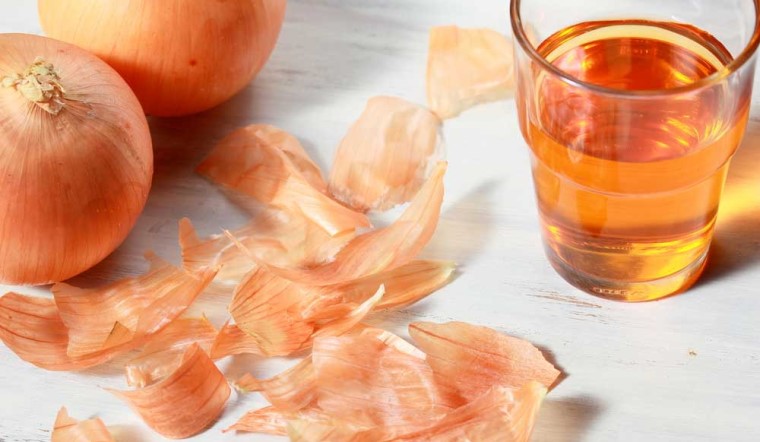
We frequently associate costly, chemical-laden commercial fertilizers with plant nutrition. Onion peels, however, are a hidden gem in our kitchen that can be converted into an effective natural fertilizer. Let’s find out how you may use them to naturally, inexpensively, and simply fertilize your plants.
Onion peels for balcony plants in bloom
Unbeknownst to you, onion peels—which are usually thrown away as culinary waste—contain vital nutrients and chemicals that your plants need to develop. This post will explain how to use onion peels to create a DIY fertilizer that will feed your plants and encourage luxuriant growth.
The minerals and chemicals found in onion peels can significantly enhance the health of your balcony plants. They supply essential minerals that are necessary for plant growth and development, such as calcium, phosphorus, and potassium. These food scraps also add organic matter to the soil, strengthening its structure and boosting its capacity to hold onto moisture.
Still, that’s not all! Additionally, onion peels have antifungal qualities that might shield your plants from fungal infections. Their strong scent also serves as a natural bug deterrent, protecting your plants from intruders.
Making fertilizer with the peels from onions
Of course, the main element is onion peels. Set them aside while cooking rather than discarding them. To steer clear of any undesirable pesticides, it is advisable to buy organic onions. It’s time to macerate your onion peels once you’ve gathered enough of them.
After gathering all of the onion peels, put them in a food mixer or blender. Blend with a small amount of water added until the consistency resembles paste. Water facilitates the peels’ nutritional extraction. The resultant mixture must then be diluted. One part onion peel solution to five parts water is the suggested ratio. Adapt the dilution to the particular requirements of your plants.
It’s time to apply the diluted solution to your plants. You can apply it straight to the roots of the plants or mist the foliage with a sprayer. To reduce the chance of burns, take care not to apply too much.
When should fertilizer be applied?
During your plants’ growing season, you can fertilize your plants with onion peels every two to three weeks. But it’s best to keep a close eye on your plants and modify the frequency of treatment based on their individual requirements.
As an alternative, you can boil onion peels in water for around 20 minutes to produce a decoction. You can apply the decoction as plant fertilizer once it has cooled.
Remember to utilize just the onion peels—the entire bulbs can harm your plants’ roots—instead of the complete bulbs. Additionally, it is advised against applying fertilizer made from onion peels to delicate plants like orchids or acidophilic plants.
Although onion peels are frequently thrown away in the kitchen, you may use them to make a healthy and natural fertilizer for your plants. They are abundant in important nutrients and advantageous substances that support robust development, enhance the quality of the soil, and shield plants from pests and illnesses.
Once you give this DIY fertilizer a try, you’ll see the advantages of having healthy, lush plants. Your plants and the ecosystem around us will benefit from a healthier and more sustainable environment, and you’ll save money on commercial fertilizers as well.